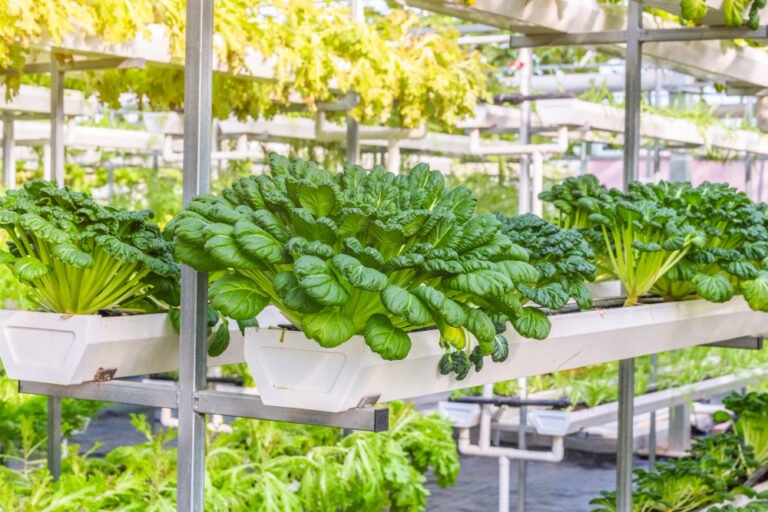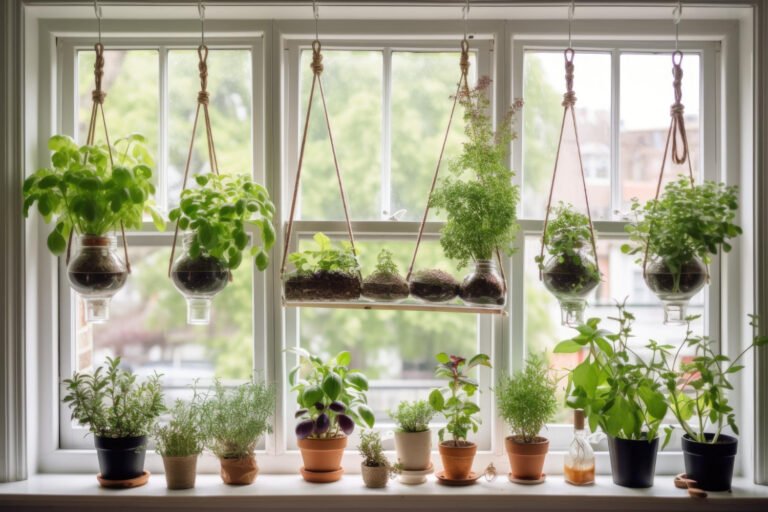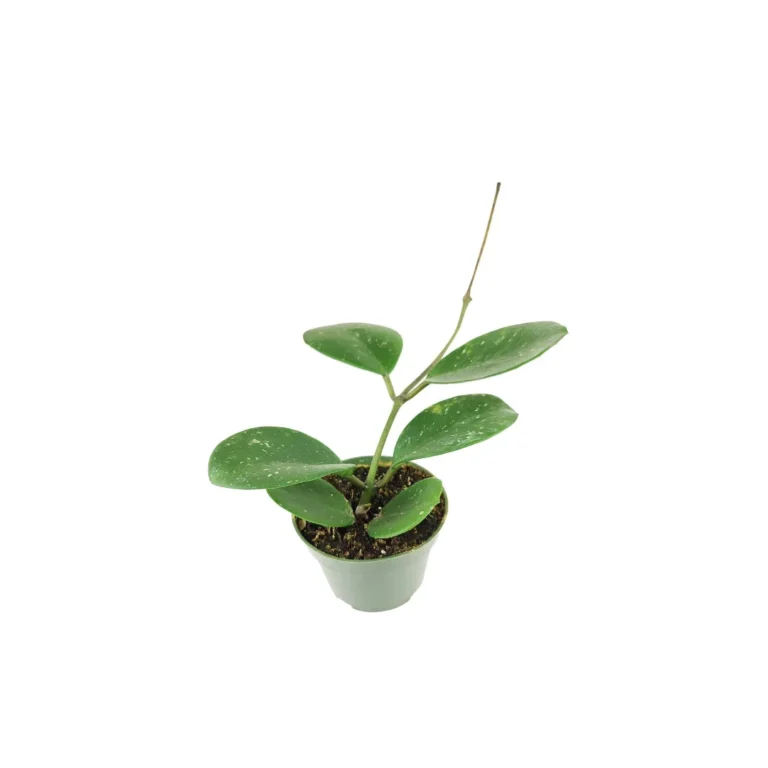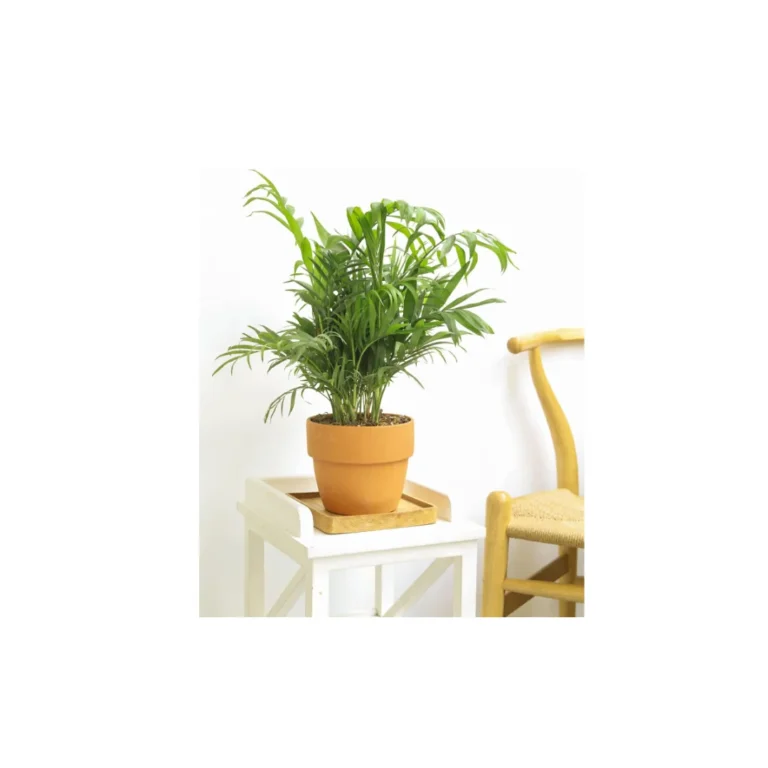Are you a proud plant parent with an ever-growing indoor garden? Or perhaps you’re considering starting one? Either way, one crucial factor for the success of your indoor plants is the right kind of light. In this first part of our series on Tools and Gadgets for Measuring Light Metrics in Your Garden, we’ll explore the world of grow lights, the science of plant growth, and how you can ensure your leafy companions get the light they need to thrive.
The Importance of Light for Indoor Plants
Indoor plants, also known as houseplants, bring life and vibrancy to our homes. They filter the air, add beauty to our surroundings, and even contribute to our well-being. But unlike their outdoor counterparts that bask in natural sunlight, indoor plants often rely on artificial lighting to meet their photosynthetic needs.
Natural Light vs. Artificial Light
While natural sunlight is undoubtedly the best light source for plants, it may not always be sufficient, especially if you have a room with limited exposure to the sun. This is where grow lights for plants come into play. They’re designed to mimic the essential qualities of sunlight and provide the necessary light spectrum for photosynthesis.
Understanding the Light Spectrum
Before we dive into the world of grow lights, let’s briefly explore the light spectrum. Sunlight consists of various colors, each with its own wavelength. Different wavelengths of light play distinct roles in plant growth. Here are a couple of key players:
– Blue Light: Blue light (wavelengths between 400 to 500 nanometers) is essential for vegetative growth. It encourages compact, bushy growth in plants, making it ideal for leafy greens and herbs.
– Red Light: Red light (wavelengths around 600 to 700 nanometers) promotes rapid growth, flowering and fruiting. It’s crucial for plants that produce flowers and fruits, such as tomatoes and peppers.
Types of Grow Lights
Now, let’s talk about the different types of grow lights available for indoor plant enthusiasts:
1. Fluorescent Bulbs: These various light fixtures have been a popular choice for many years. They are energy-efficient and emit a broad spectrum of light suitable for various stages of plant growth.
2. LED Lights: Light Emitting Diode (LED) technology has revolutionized indoor gardening. LED grow lights are energy-efficient, long-lasting, and come in a range of spectrums, including full spectrum options.
3. Incandescent Grow Lights: Although not the most energy-efficient choice, incandescent light bulbs still can be used as supplemental lighting for specific plants that require more light.
4. High-Pressure Sodium (HPS): These are often used supplemental light on for larger plants and are known for their high light output, though they can generate a fair amount of heat.
5. Full Spectrum Lights: These attempt to mimic natural sunlight by providing a balanced spectrum of light, which is beneficial for a wide range of plants.
Measuring Light Metrics
To ensure your plants receive adequate light, you’ll need to understand light metrics like Photosynthetic Photon Flux Density (PPFD) and the light spectrum. PPFD measures the number of photons in the photosynthetically active radiation (PAR) range that reach your plants per square meter per second. In simpler terms, it quantifies how much light your plants are getting.
Understanding Photosynthetic Photon Flux Density (PPFD)
Photosynthetic Photon Flux Density, or PPFD, is a critical metric for indoor gardeners. It measures the number of photons (particles of light) within the photosynthetically active radiation (PAR) spectrum that falls on a given surface area in one second. In essence, PPFD tells you how much usable light your plants are getting.
Why PPFD Matters
Different plants have varying light requirements. For instance, high-light plants like succulents need more photons for photosynthesis than low-light plants like snake plants require. To ensure your plants thrive, you need to match their light requirements with the appropriate PPFD levels.
Tools for Measuring PPFD
1. PAR Light Meters: These handheld devices are specifically designed to measure PPFD. They provide precise readings of the light intensity at different points in your garden.
2. Smart Sensors: Some modern sensors connect to your smartphone or computer, allowing you to monitor and record PPFD levels over time. This data helps you adjust your lighting setup as needed.
3. Light Spectrum Analyzers: These tools provide a detailed breakdown of the light spectrum your grow lights emit, helping you ensure you’re providing the right wavelengths for your plants.
Creating the Ideal Lighting Setup
Now that you understand PPFD, let’s talk about creating the ideal lighting setup for your indoor garden. Here are some tips:
– Adjustable Heights: Ensure your grow lights can be adjusted in height. This way, you can maintain the optimal distance between the lights and your plants as they grow.
– Even Distribution: Position your lights to provide uniform coverage enough light to all your plants. Avoid hotspots or areas of low light intensity.
– Light Duration: Understand your plants’ specific light duration requirements. Some plants need longer periods of light, while others thrive in bright light with shorter exposure.
Full Spectrum vs. Custom Spectrum
When it comes to choosing grow lights, you’ll encounter the debate between full spectrum and custom spectrum options. Full spectrum lights aim to replicate natural sunlight, offering a broad range of wavelengths that cater to various plant needs. Custom spectrum lights allow you to fine-tune the light by adjusting the intensity of specific wavelengths, such as the far red light and blue light.
The Rise of LED Grow Lights
LED (Light Emitting Diode) technology has transformed indoor gardening. These lights offer numerous advantages over traditional lighting options like fluorescent lights and incandescent bulbs. Here’s why LED grow lights are gaining popularity:
Energy Efficiency
LEDs are incredibly energy-efficient. They convert a higher percentage of the electricity they use into usable light energy throughout, resulting in less heat production and lower energy bills. This makes them an eco-friendly choice and helps maintain a stable temperature in your indoor garden.
Longevity
LEDs have an impressively long lifespan, often exceeding 50,000 hours of use. This means you won’t need to replace them frequently, saving you money in the long run.
Customizable Spectrum
One of the standout features of LED grow lights is their customizable spectrum. You can fine-tune the light output to cater to specific plant growth stages. For example, you can increase the intensity of blue light during the vegetative phase and red light during flowering and green light during fruiting.
Compact Design
LED grow lights are compact and lightweight, making them easy to install and adjust as your plants grow. Some even come with flexible gooseneck designs, allowing you to direct light precisely where it’s needed.
Choosing the Right LED Grow Light
Selecting the right LED grow light for your indoor garden requires some consideration. Here are a few factors to keep in mind:
– Light Spectrum: Look for lights that offer a full spectrum or customizable spectrum. This versatility ensures your plants receive the right wavelengths throughout their growth cycle.
– Wattage: LED grow lights come in various wattages. The wattage you need depends on the size of your garden and the light requirements of your plants. Smaller setups might do well with lower wattage lights, while larger gardens require more powerful options.
– Coverage Area: Consider the size of your garden and the light coverage you need. LED grow lights come in different sizes, and it’s essential to choose one that can adequately give proper lighting and cover all your plants.
Some of the Best LED Grow Lights
To get you started on your LED grow light journey, here are a few top-rated options:
1. Roleadro LED Grow Light: An affordable choice with a full spectrum and excellent coverage for small to medium-sized gardens.

2. Spider Farmer SF-2000: Known for its high efficiency and customizable spectrum, suitable for larger indoor gardens.

3. MARS HYDRO TS 3000: A compact yet powerful option with a full spectrum and energy efficiency.

4. VIPARSPECTRA 2023 XS3000 Pro: Offers a customizable spectrum and excellent coverage for larger gardens.

5. Horticulture Lighting Group HLG 600H Quantum Board: Known for its high-quality components and ability to cater to all growth stages.

Essential Tools and Gadgets for Indoor Gardeners
In this installment, we’ll dive into the essential tools and gadgets that every indoor gardener should have in their arsenal to ensure their plants receive the right amount of light.
1. Light Meters
Light meters, also known as lux meters, are invaluable tools for measuring the intensity of light in your indoor garden. They help you determine if your plants are receiving adequate light for their specific needs. When using a light meter, be sure to take readings at different points in your garden to ensure even distribution.
2. Timers
Controlling the duration of light exposure is crucial for your plants. Timers allow you to automate your grow lights, ensuring that your plants receive consistent lighting schedules. This is especially important for plants that require specific day-length conditions for flowering and fruiting.
3. Light Spectrum Analyzers
These gadgets provide in-depth insights into the spectrum of light emitted by your grow lights. By analyzing the spectrum, you can fine-tune your lighting setup to match your plants’ requirements precisely. This level of customization is essential for optimizing growth.
4. Light Reflectors
Light reflectors help maximize the efficiency of your grow lights by directing light towards your plants. They prevent light from being wasted by bouncing it off reflective surfaces that emit light, ensuring that every photon counts.
5. Light Movers
For larger indoor gardens, light movers are a game-changer. They slowly move your grow lights back and forth over your plants, ensuring uniform light distribution. This prevents shadowy areas and helps all your plants receive the same amount of light.
6. Light Height Adjusters
As your plants grow, their light requirements change. Light height adjusters allow you to raise or lower your grow lights to maintain the ideal distance between the light source and your plants’ canopies.
7. Grow Tents or Reflective Materials
To create a controlled environment and maximize light usage for entire plant, consider using light tents or reflective materials on the walls of your indoor gardening space. These materials bounce light back onto your plants, increasing overall light intensity.
8. Light Spectrum Controllers
Some advanced grow lights come with spectrum control options. With these controllers, you can fine-tune the color and intensity of light to match specific growth stages. This level of precision can significantly impact the health and productivity of your plants.
9. Light Filters
In some cases, you might want to filter out specific wavelengths of light. Light filters can help you achieve this, allowing you to create a customized light environment for your plants.
10. Light Safety Gear
Don’t forget about safety when working with grow lights. Invest in protective eyewear designed for working around intense light sources, especially if you’re using high-wattage lights.
Ready to transform your garden into a paradise of light and lushness? Discover the essential tools and gadgets you need to measure, monitor, and optimize the light in your garden. Dive into our illuminating blog now and start cultivating the garden of your dreams!
FAQs
What type of light is best for growing plants indoors?
The best type of light for growing plants indoors is full-spectrum light that closely mimics natural sunlight. Full-spectrum lights provide a balanced mix of wavelengths, including blue and red light, which are essential for healthy plant growth. LED grow lights with customizable spectrums are an excellent choice, as they allow you to tailor the light to different plant stages.
What kind of grow light do plants need?
Plants need grow lights that provide the right spectrum of light for their specific growth stages. During the vegetative phase, plants benefit from blue light, while red light is crucial for flowering and fruiting. LED grow lights are versatile and can be adjusted to provide the appropriate spectrum violet light at each stage.
What light is best for plant growth?
The best light for plant growth is a full-spectrum light that includes blue (for vegetative growth) and red (for flowering plants, and fruiting) wavelengths. LED grow lights that allow you to customize the spectrum to match different growth stages offer the most flexibility and efficiency.
What is the best way to light plants indoors?
The best way to light plants indoors is to use both LED bulbs or grow lights with a customizable spectrum. Position the lights at the right distance from your plants, ensure even distribution, and use timers to maintain consistent lighting schedules. Regularly measure light intensity with a light meter to fine-tune your setup.
Do plants need UV or LED?
Plants primarily need visible light for photosynthesis, which includes the spectrum of light visible to the human eye. While ultraviolet (UV) light can be beneficial in small amounts, excessive UV exposure can harm plants. LED grow lights that provide visible light with a customizable spectrum are the most suitable choice for indoor gardening.
What type of grow light is best for indoor plants?
The best type of grow light for indoor plants is an LED grow light with a full spectrum or customizable spectrum. These indoor grow lights provide the right wavelengths for all stages of plant growth, are energy-efficient, and offer long lifespans. Choose the wattage and coverage area that match the size of your indoor garden.







